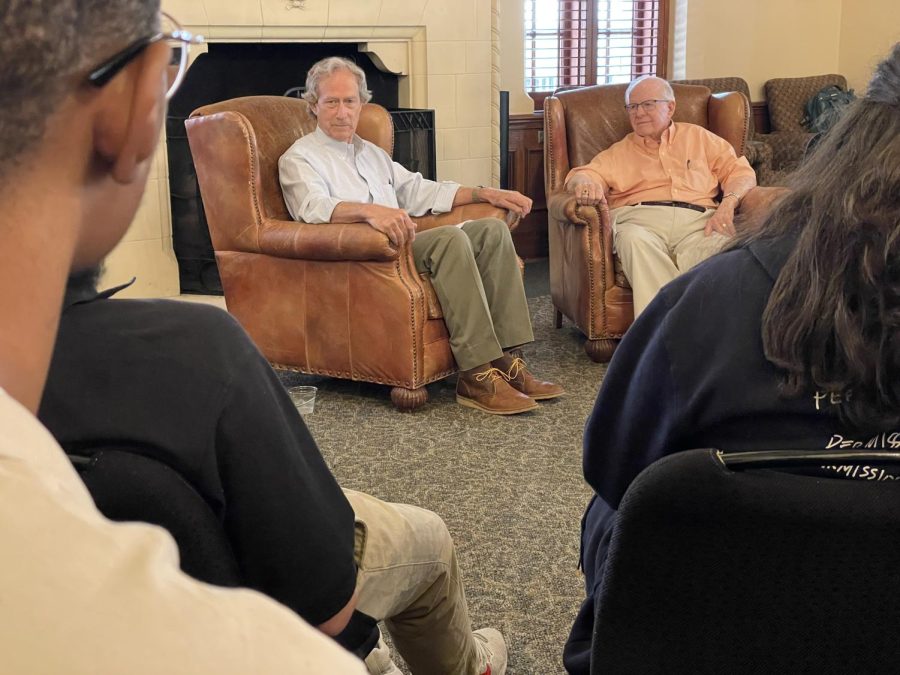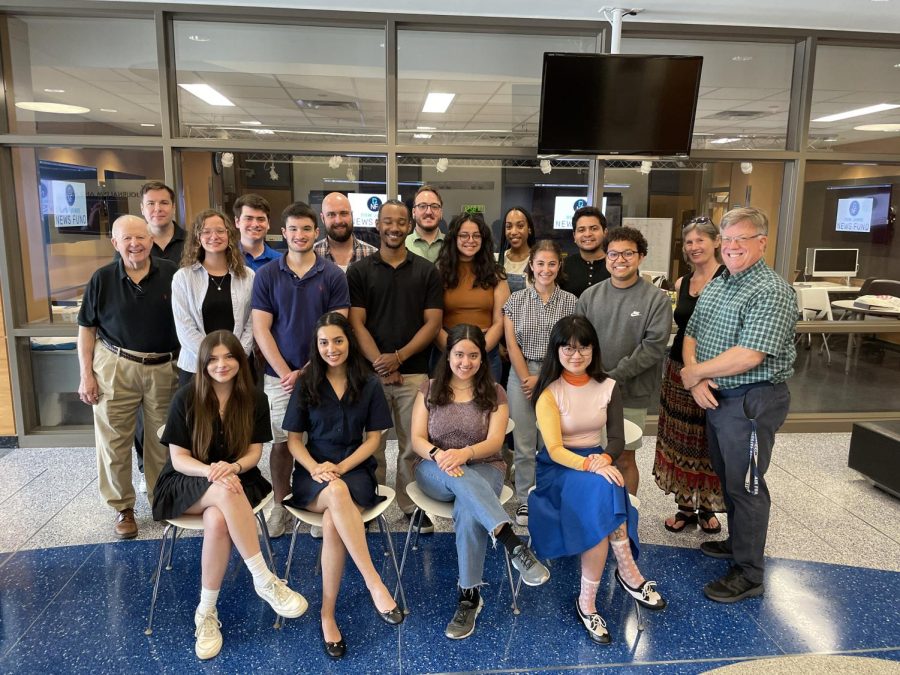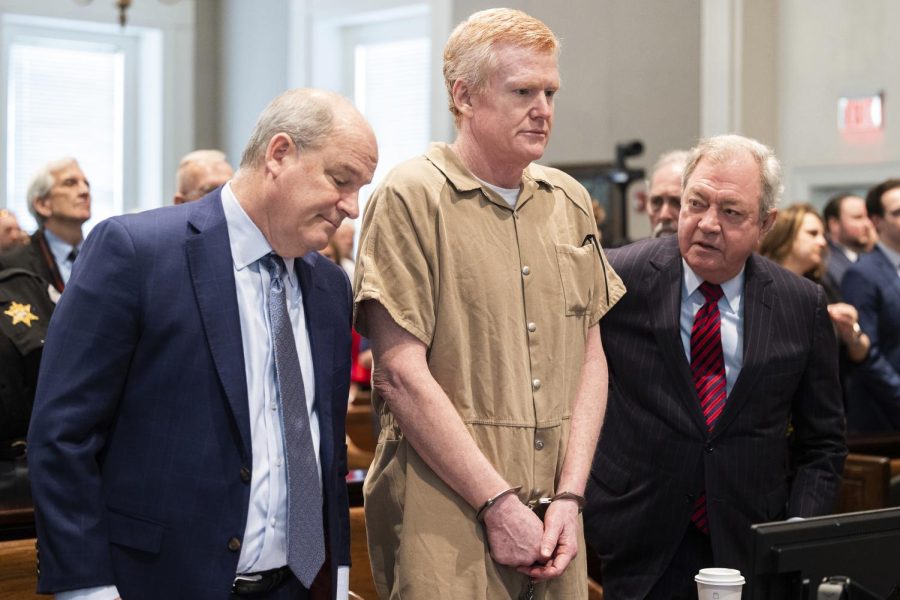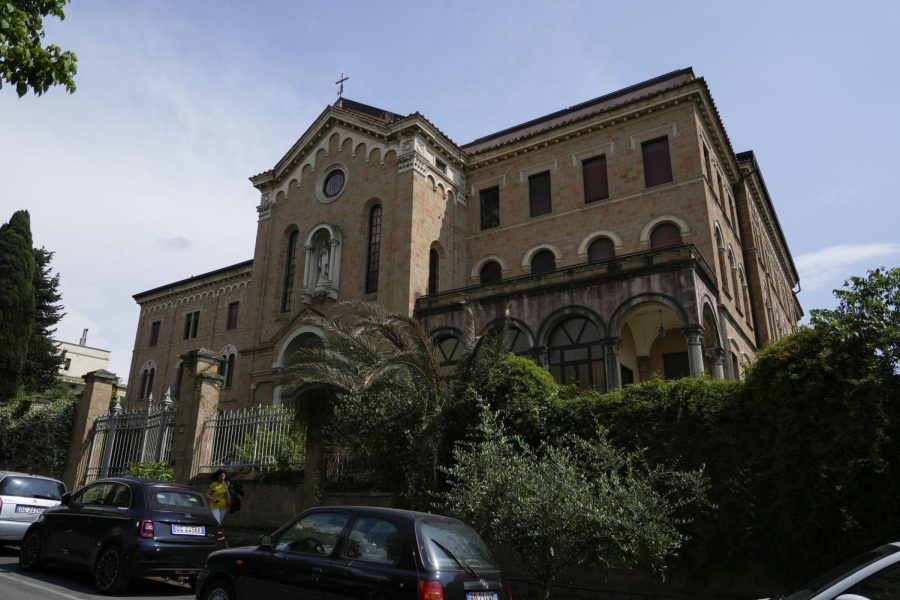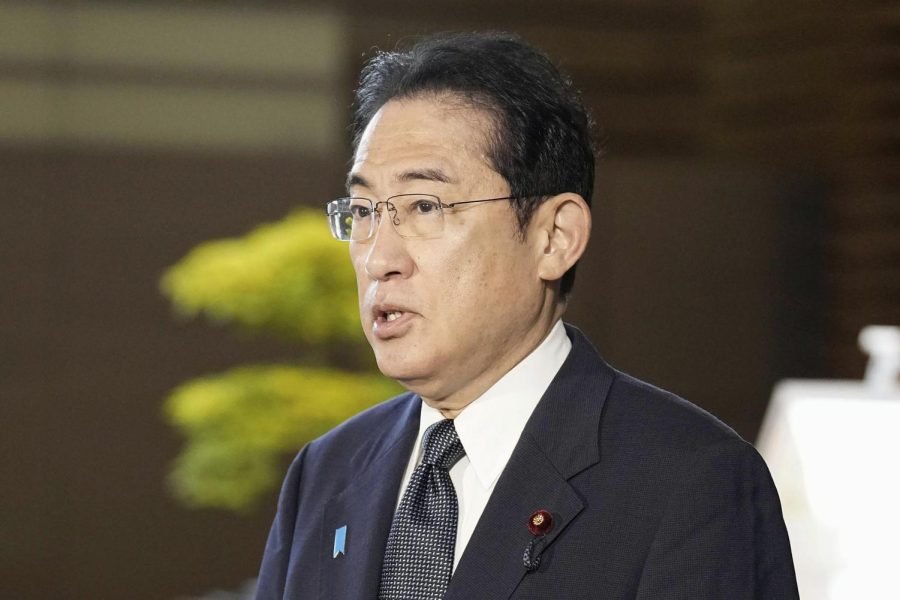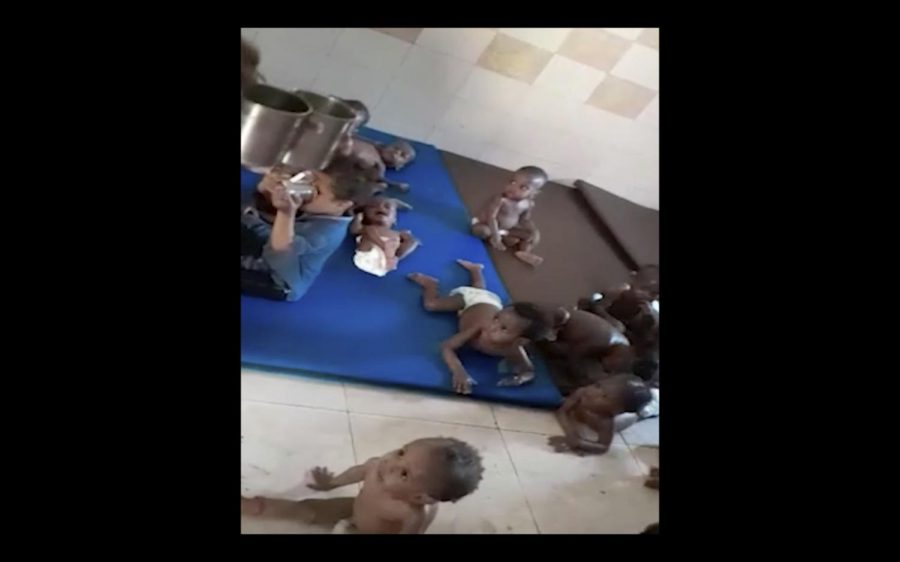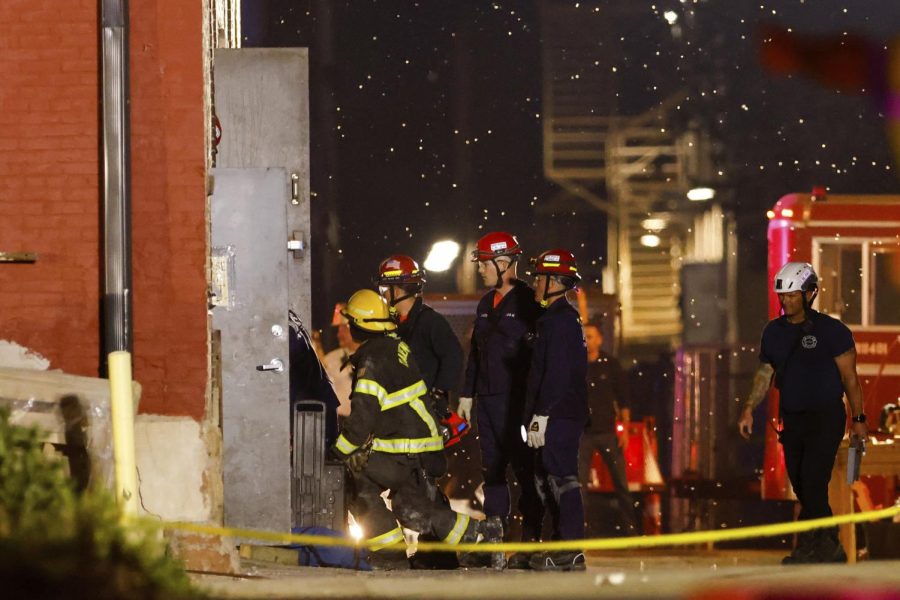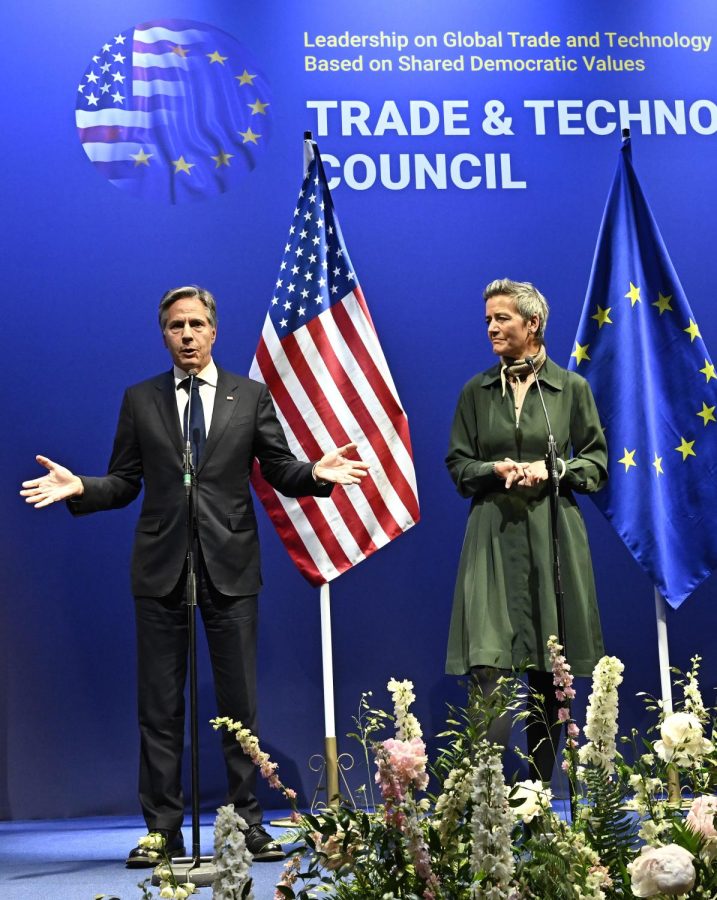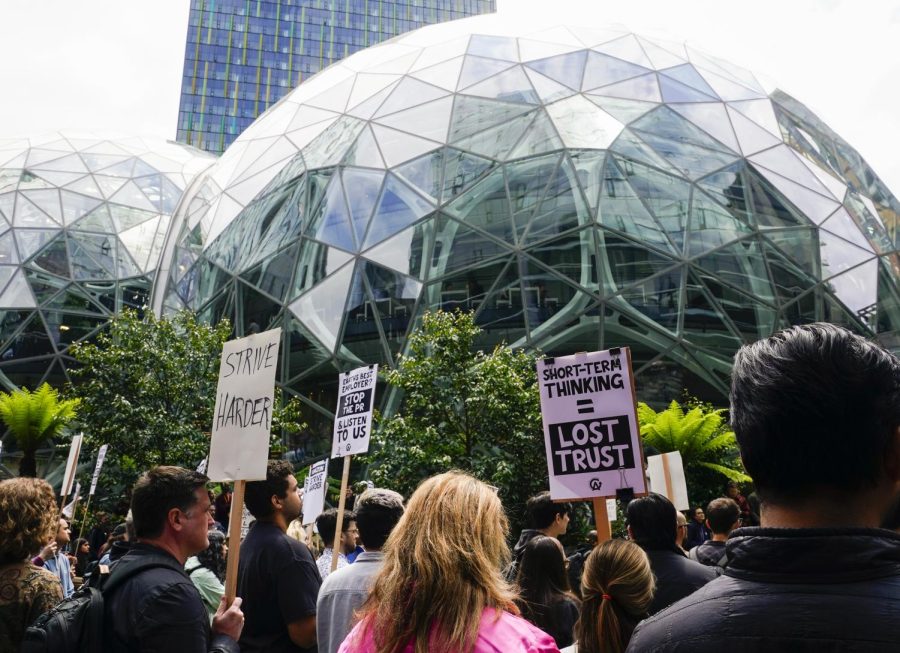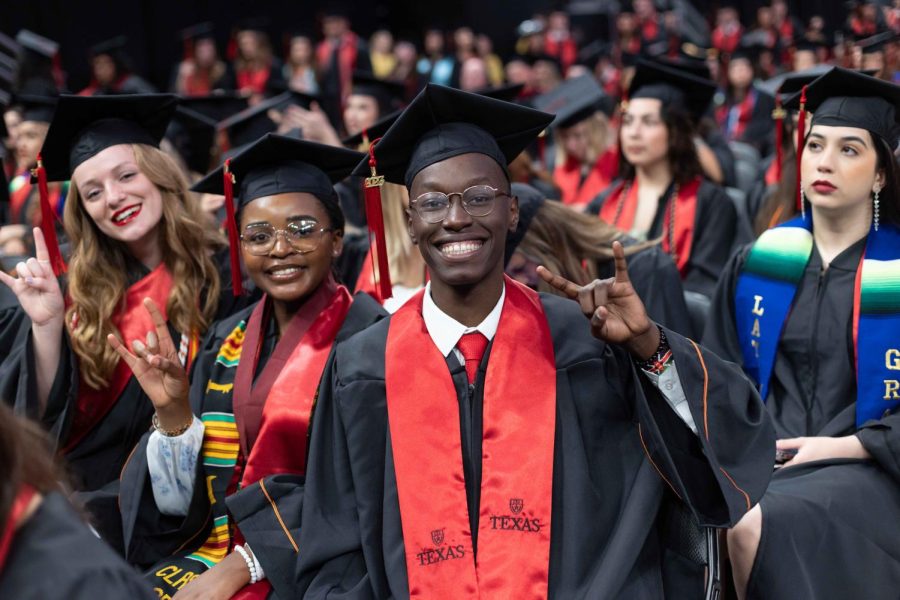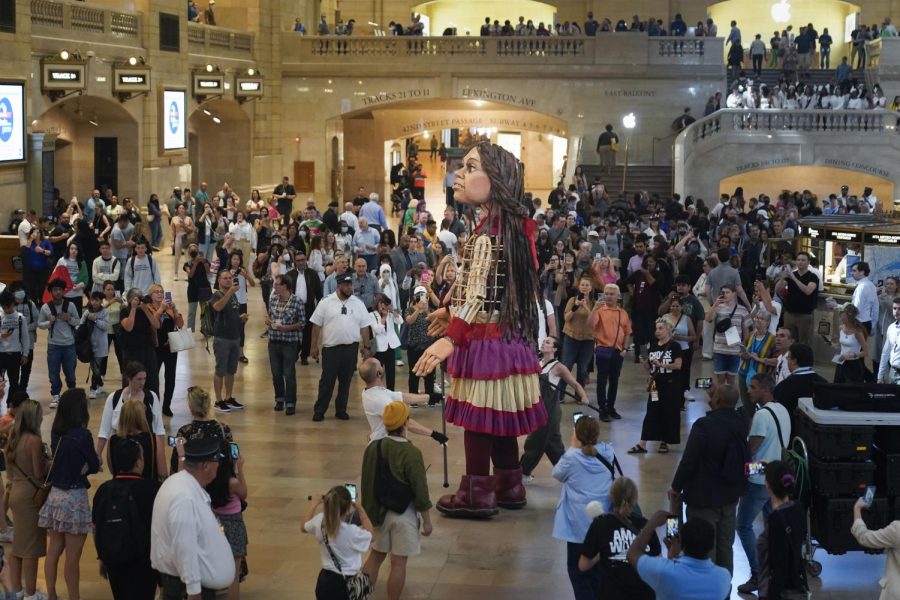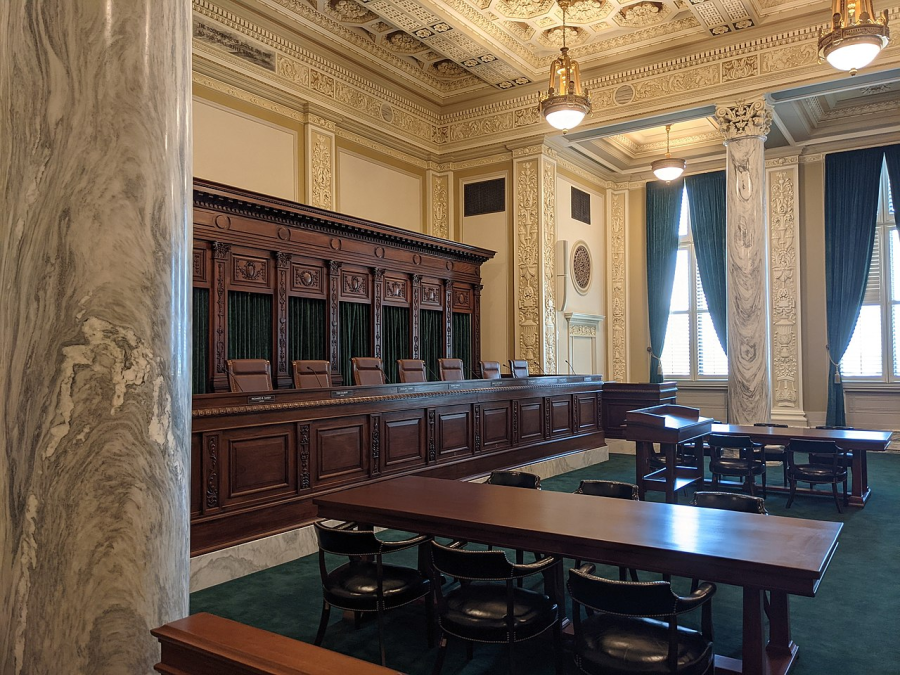MARCIA DUNN
Associated Press
CAPE CANAVERAL, Fla. — When astronaut Scott Kelly embarks on a one-year space station stint next spring, his twin brother will be offering more than his usual moral support.
Retired astronaut Mark Kelly will be joining in from Earth, undergoing medical testing before, during and after his brother’s American-record-setting flight.
It is part of an unprecedented study of identical twins, courtesy of the Kellys and NASA. Researchers said they hope to better understand the effects of prolonged weightlessness by comparing the space twin with the ground twin.
The earthbound Kelly draws the line, though, at mimicking his brother’s extreme exercise in orbit or eating “crappy space station food.”
“It’s not bad when you’re in space,” Mark said. But he will not be carrying around “a can of Russian lamb and potatoes when I’m out to eat with my friends.”
As for matching his brother’s one to two hours of daily exercise, Mark replied with a mutinous chuckle, “Sure, I’ll try. No problem.”
This is the genetic double of the 50-year-old astronaut who has volunteered to spend an entire year aboard the International Space Station beginning next March, with Russian cosmonaut Mikhail Kornienko, a former paratrooper.
No American has come close to spending a year in space; seven months is NASA’s max for a single human mission. The Russians, on the other hand, are old hands at long-duration spaceflight, claiming title to a record-setting 14-month mission back in 1994-95.
“No second thoughts. I’m actually getting kind of excited about the whole idea as we get closer,” Scott said.
Scott knows what he is getting into: He spent five months on the orbiting lab in 2010-2011.
Eager to explore new medical territory, Scott offered to have a pressure sensor drilled into his skull to study the impaired vision experienced by some long-term space fliers.
He has also volunteered for spinal taps in orbit. He will share quarters at one point with an emergency medical doctor-turned-NASA-astronaut.
“As a test pilot, I like to push the envelope on things and, in this case, I feel like I’m maybe trying to push the envelope on data collection as well,” said Scott, a retired Navy captain.
But NASA scientists insist there is no compelling need for implants and spinal taps. They admire his gung-ho attitude, though, and marvel at their good fortune in having a set of identical twins for comparison.
The Kellys represent a scientific gift, said Craig Kundrot, deputy chief scientist for the human research program at NASA’s Johnson Space Center in Houston. In addition to being the same genetically, the Kellys followed very similar career paths. Kundrot said Scott will have a total of 540 days of spaceflight when his mission is done and Mark, 54, has a tenfold difference.
“That’s just an uncanny opportunity that we’re taking advantage of,” he said.
NASA has selected 10 proposals for the twin study, involving the immune system, gut bacteria, reaction time, fluid shift in space and its potential connection to visual impairment, among others. The researchers will receive $1.5 million from NASA over three years.
“No one really knows what happens to the immune system in space for a long period of time and, sooner or later, people are going to need to confront this issue,” Emmanuel Mignot, Stanford University sleep specialist and immunologist, said.
That is the whole point of Kelly and Kornienko’s one-year mission: to identify physical challenges that need to be overcome before astronauts venture to Mars and beyond.
The twin study will also unite the brothers in a new way.
“It’s a way for us to participate in a sp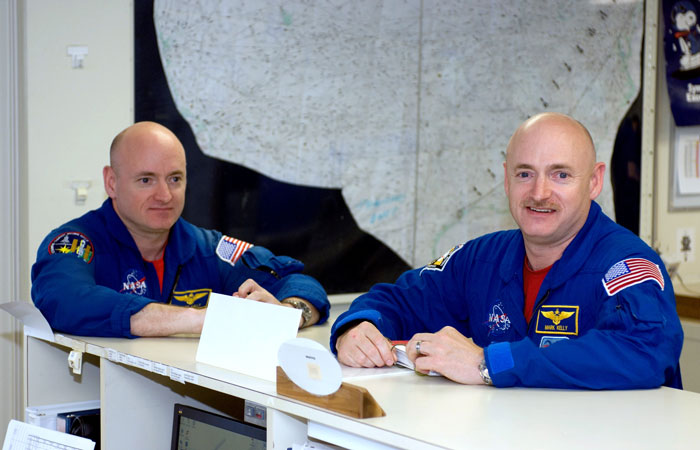
___
NASA: http://www.nasa.gov/content/one-year-crew/index.html


